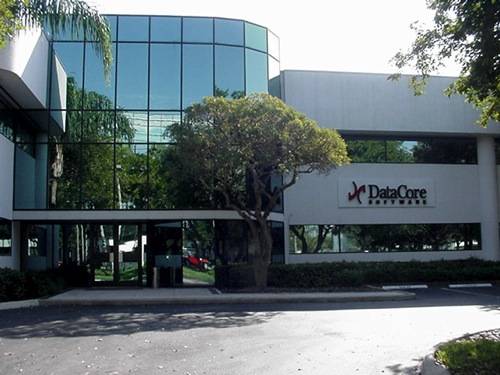By Chris Mellor
Read the full article: http://www.theregister.co.uk/2012/10/24/datacore_picture/
It's also down to a solid product, though other companies with great products have failed where DataCore did not.
DataCore has absorbed $100m worth of funding and developed nine generations of storage virtualisation software – which it calls storage hypervisors – while other software storage virtualisation developers have withered and died in the face of storage array and server vendor selling their own storage virtualisation software paired with hardware; IBM's SAN Volume Controller (SVC) for example. How has DataCore managed to prosper - it has prospered - and survive in the face of such competition? The answer lies in the unique nature of the company and its founders.
DataCore was founded in 1998 with the realisation that a SAN disk drive array was, or could be, an X86 server running drive array controller code, using its attached storage and presenting as virtual disks of networked, block-access storage. Customers could buy standard servers, provision them with commodity disk drives, and so have freedom of choice rather than being restricted to storage array manufacturers' disk drive prices, often quite high, software licensing and functionality. They can also buy external storage arrays and have DataCore's SANsymphony software control them too. Thus DataCore helped pioneer the SAN virtualisation appliance idea.
SANsymphony, a storage hypervisor as DataCore views it, and its associated products support a variety of server operating systems and hypervisors, and provide modern SAN array features such as virtualisation, high-availability and thin provisioning. It can run in a dedicated server or as a virtual machine and there are more than 6,000 DataCore customers with more than 20,000 software licenses bought.
Why is DataCore the last man standing?
Firstly, the product is good; it does what it says it does on the box...
Read the full 3 page article: http://www.theregister.co.uk/2012/10/24/datacore_picture/

No comments:
Post a Comment